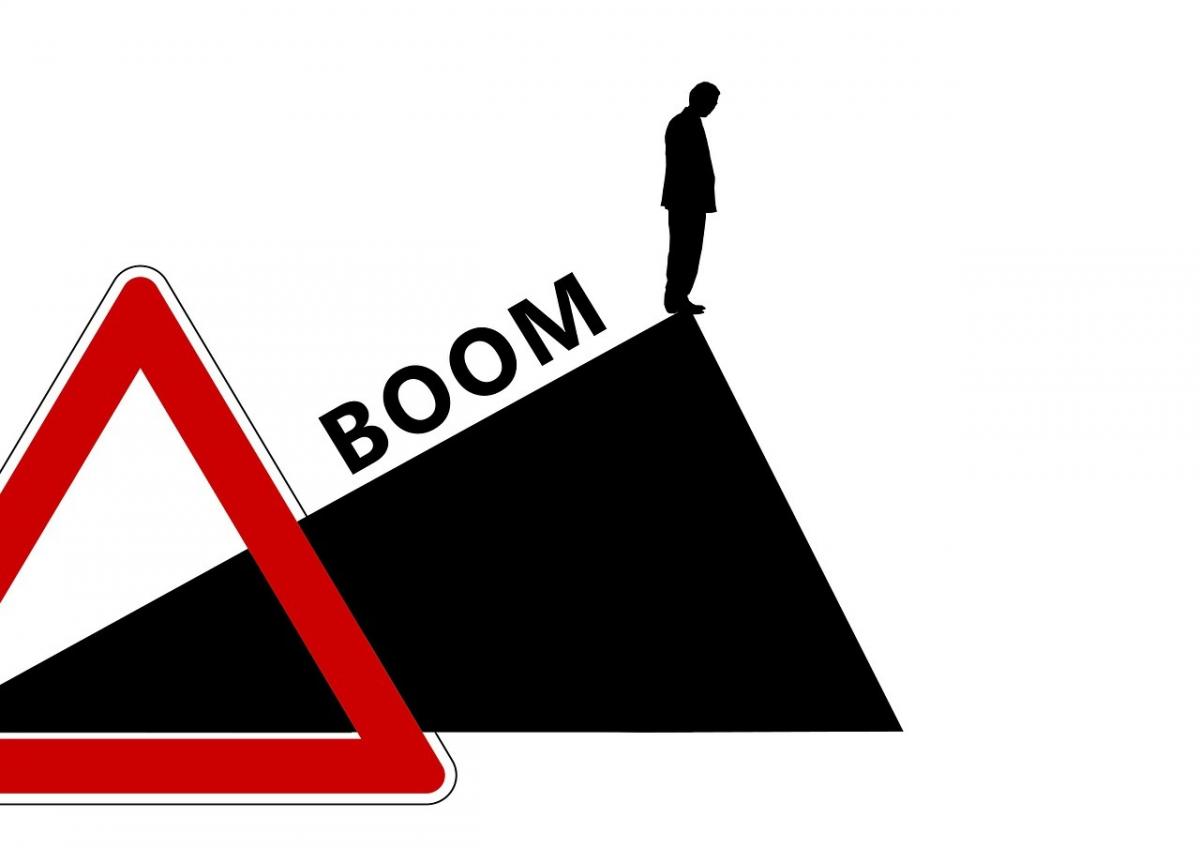Last month saw an extraordinary spike in the interest rates of the repo market—the market that consists of the (very) short-term, usually the overnight, borrowing of government securities.
Hedge funds, along with other institutions such as trading firms and banks, regularly hand over US Treasury bills and the like in exchange for cash. The following day, they hand back the cash, with a 2% to 3% premium.
Most of the repos in which hedge funds engage are tri-party agreements. The fund may agree with a money market fund to take the overnight infusion of cash, and a large commercial bank may serve as the intermediary for the deal. They are sometimes characterized as risk-free for the providers of cash because, after all, if a T-bill is considered risk-free how can a loan effectively collateralized by a T-bill not be risk-free? There are good answers to that, of course, most of them turning on the idea of opportunity cost.
The epic spike
On Sept. 15, the price of an overnight loan of this sort was 2.29%. Charting it showed a boring flat line—it had been at or near that point for a long time. On this matter, most market participants like boring just fine. Boring is good.
But on the morning of Monday, Sept. 16, the price headed sharply upward. At 2:32 PM it hit 6%, which already looked like an epic spike.
Then it fell a point, finding a new equilibrium at 5%. That lasted until 6:08 AM on Sept. 17 when the spiking resumed. The repo rate got to 9.25% at 8:10 AM before the Federal Reserve intervened interjecting money (money that it was creating in the process, $53.15 billion) into the overnight market until things settled down. As I write, in early October, the overnight repo rate is back in normal terrain, just below 2%. The Fed has committed to a permanent presence in the market.
Does it Matter?
Just another day at the races? Well, no. Healthy financial markets draw on healthy overnight mechanisms. The repo rate spiked because overnight cash suddenly became scarce. It is important to understand why.
Part of the answer may be that the relationship between a supply crunch in available cash and the size of the spike in rates is non-linear. R. Glen Donaldson wrote about this in another context back in 1993, in the Journal of Monetary Economics. Donaldson, who was building a model from the facts of the Panic of 1907, when J. P. Morgan in the flesh played much the same role that the Federal Reserve plays today, wrote that in certain circumstances the funds in the control of a handful of institutions that are not critical in “normal” times suddenly become critical, so there is a sudden “switch” from a competitive to a monopoly regime: hence the spike.
What flicked the switch? The usual suspects here are: the need of many corporations to pay taxes at the end of the quarter; the previous week’s Treasury issuance; and a decline in money market fund cash. The conjunction of the three may have drawn enough cash out of the system to hit the switch.
But if that is a sufficient explanation, then the system has become very fragile. How did it come to be that the switch could be hit that easily? By the conjunction of three events none of which could have struck anyone as extraordinary?
Dodd-Frank and Basel III
We need to look to Dodd-Frank and Basel III. The new regulations, in reaction to the 2007-2009 financial crises, introduced to the banking system, and thus impacting the intermediaries in the repo market have built fragility into the system, mandating leverage ratios and placing a capital charge on repo transactions.
Banks reacted predictably. They cut down on the size of their balance sheet. Many cut back on their activity in the repo market because there is a low return on assets for repo work.
After 2015, as ZeroHedge put it recently, “market participants realized they could no longer rely on banks for Repo financing, especially on quarter-end, and they searched for new counter-parties. A whole new cottage industry [of balance sheet providers] sprung up.”
Now the Federal Reserve may have decided that it cannot rely on that cottage industry or wait for its growth to meet the need that the legislators and regulators have created. It must do what the commercial banks used to do. The Fed, long a “lender of last resort,” is becoming the overnight intermediary of last resort as well. That will likely change the ground on which hedge funds and others operate in ways not yet conceived.




